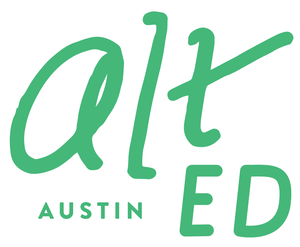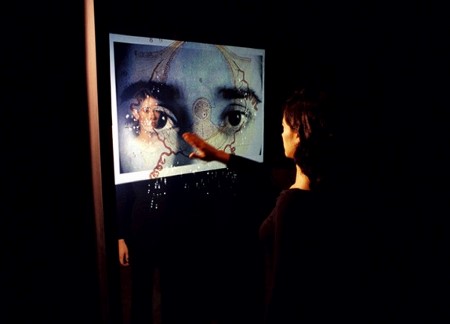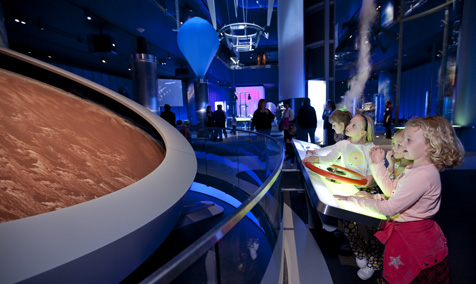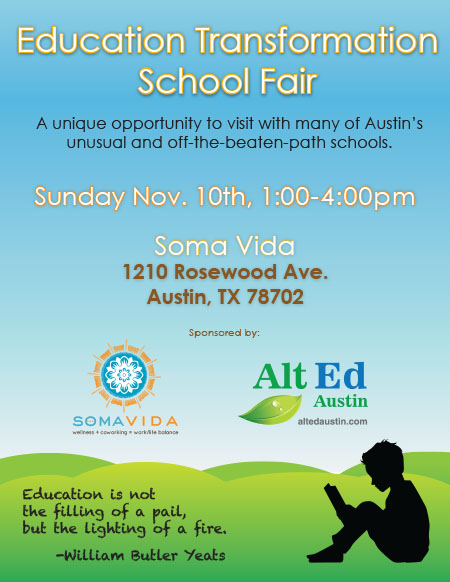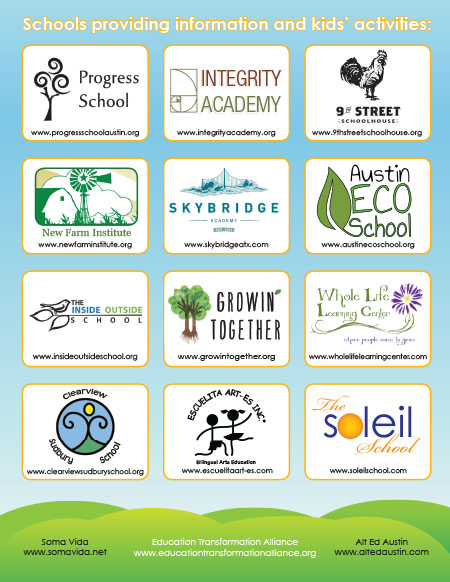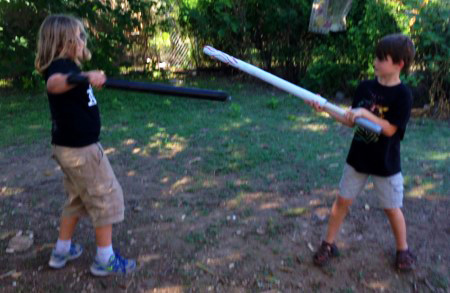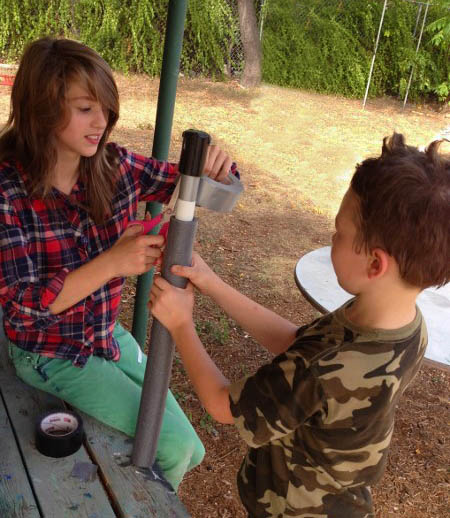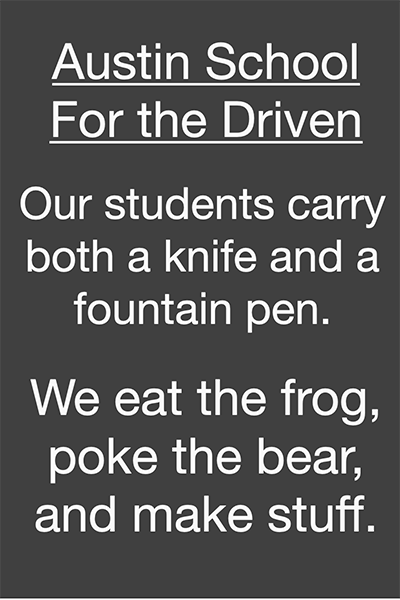Staying close to the fire
/It’s cold this week here in Central Texas, but the folks at 9th Street Schoolhouse are keeping the fires lit. Founder Caitlin Macklin, our guest today, writes about her students’ latest unit of study and how you might try this kind of collaborative, interest-driven inquiry with your kids at home.
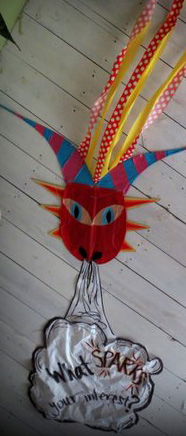 This encouraging dragon kite soars above our classroom.Over here at the 9th Street Schoolhouse, we are engaged in a continual effort to close in on meaningful learning. We also seek to develop 21st-century skills and a lifelong love of learning in our students. To this purpose, the older class has started working based on a more open-ended learning model for our unit study. Unit study is a 45-minute chunk of time during our morning class lessons. For the next couple of weeks until the winter holiday, our unit will focus on student-driven, curiosity-based questioning. Students will become seekers, hot on the trail of inquiry, researching the answers to these questions via internet searches, supplementing with written reference material, and contacting knowledgeable people as well.
This encouraging dragon kite soars above our classroom.Over here at the 9th Street Schoolhouse, we are engaged in a continual effort to close in on meaningful learning. We also seek to develop 21st-century skills and a lifelong love of learning in our students. To this purpose, the older class has started working based on a more open-ended learning model for our unit study. Unit study is a 45-minute chunk of time during our morning class lessons. For the next couple of weeks until the winter holiday, our unit will focus on student-driven, curiosity-based questioning. Students will become seekers, hot on the trail of inquiry, researching the answers to these questions via internet searches, supplementing with written reference material, and contacting knowledgeable people as well.
This is how it will work:
Students will be generating questions in a small notebook. The notebook—dubbed our Book of Wonderings—will be carried back and forth between home and the schoolhouse. In fact, we recommend that they keep it in a pocket at all times, because you never know when curiosity will strike! It is their responsibility to generate at least one question per day on their own time. Questions should be about things students want to know, are curious about, and have a genuine interest in finding out. They may be broad or narrow, easy or difficult. At the heart of it, their questions should spark the fire of their interest and be Important To Their Lives.
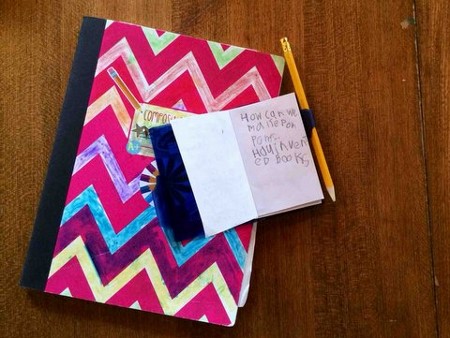 “How can we make pom poms? Who invented books?”
“How can we make pom poms? Who invented books?”
During the unit study portion of our class lesson time each day, students will share their questions. We will alternate turns of whose question we will answer each day. Students will mainly use the internet to find out answers to their questions, also seeking out good books and people who know. They will keep a record of their findings on notepads and posters. Students will help each other answer these questions. Discussing what they find, how to search, and what does it all mean will create more lasting learning.
As their mentor, I will guide them to evaluate the validity of the sources they use and will encourage them to go deeper into their findings. If a question can't be answered in one session, we will keep with it until we are satisfied. Perhaps a question will spark a longer project for a student or the whole class.
We will share the findings and process of this unit with our community at our end-of-semester Showcase. Please follow our blog if you are interested in the conclusion of the unit.
The goals of this unit are to:
- Develop critical thinking, reading comprehension, collaborative work habits, and interpersonal skills.
- Refine the ability to question effectively.
- Build technological proficiency.
- Generate inner motivation through understanding that learning is an essential part of everyday life.
- Connect students’ lives and what they care about to what is being learned.
This collaborative, open-ended research method is inspired by:
- An amazing article from Wired magazine.
- Sugata Mitra's research in child-driven Self Organized Learning Environments (SOLEs).
- Most of all, it is based on the experiences Laura and I have had teaching in the classroom, and our desire to move toward the fiery source of interest that is at the heart of kids' passion to know. We continue to strive toward a Free to Learn approach, while maintaining a strong mentoring relationship and offering our own experiences and ideas to expand the kids’ growing edges. As educators, we have many questions and will continue to refine and research as we go.
Interested in trying this at home?
You can download the SOLE Toolkit from TED. Once you get started with your youth, here are some suggestions for what you can do to support your students’ process:
- Begin noticing when your children have questions.
- Help them develop deeper questions that they can bring to their explorations.
- Encourage them to write these questions down in their Book of Wonderings (or whatever they choose to call their special book!).
- Read about the inspiration for this project. It will give you good background info and insight into guiding the children to follow their own purposes for learning.
- Observe your children, notice any changes in their enthusiasm for learning, or school, or life!
We would love to hear from you if you are engaged in this learning design. Keep in touch by commenting on our Facebook page. You can also post on the SOLE Tumblr to connect with the larger movement.
In closing, here’s a great truth from author Sir Arthur C. Clarke that Mitra references:
“If children have interest, education happens.”
For us, finding that coal of red-hot interest in each child is what it is all about.
Caitlin Macklin
